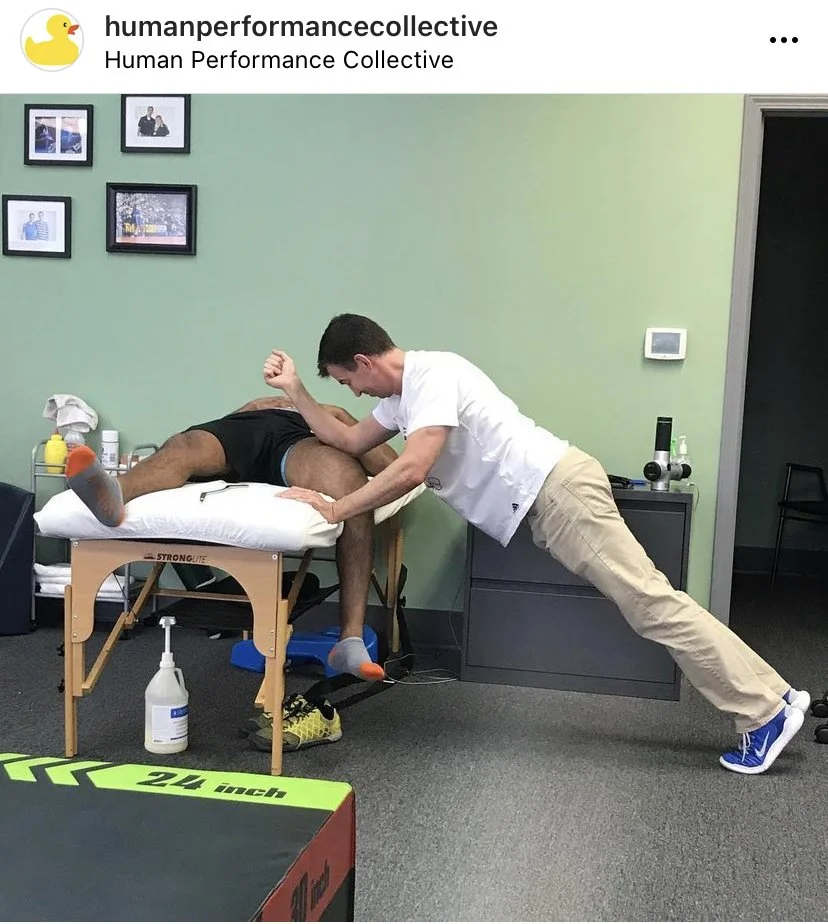Massages: Get One! (Part II)
When to get a Massage & What to Expect
Massages cost time and money so don’t spend your resources without making sure you get the most out of it. Here are a few things to consider in order to get the most out of your investment
Read Part I! How to find a great massage therapist, red flags & why it’s worth the effort.
Scheduling your massage appointment
2-3 days before a big race or workout
1-3 days after a big race
After a workout, either later in the day or the next day
Do not schedule a massage the day before a race, schedule ideally 2-3 days before a race.
Runners NEED some tension in our muscles to run efficiently. (Read more: Mobility vs Flexibility)
Massage loosens up our muscles and helps restore symmetry in the body (among many other benefits). You can expect your muscles to be more relaxed after a massage. This isn’t desirable when you want to perform at your best. Think of your muscles like springs: if they are a little bit stretched out, they are weak and floppy.
It is common to feel “flat” or sluggish for a day or two post-massage when you head out for a run.
What NOT to Expect
1) A comfy feel good relaxing experience.
Expect to feel some discomfort (not extreme pain) as your tight and fatigued legs/body are worked on. You probably won’t be lulled to sleep, although depending on how many miles you’re running - it is possible! **A massage is not meant to involve excruciating pain or become a battle of wills. It’s ok to request less pressure!
Massage isn’t always pleasant and soothing.
Earl Wenk works on a tight quad at the Human Performance Collective
2) A miracle.
Your massage therapist is not God. If you have an injury or chronic problem a single session is not going to change your life. When I work with clients who are constantly managing excess tightness or a persistent niggle I advise them to commit to several weeks of regular massage (1-2x per week) with the same therapist in order to move past the issue. (Of course, in conjunction with PT as needed.) Once you’re out of the woods you can reduce frequency of massage to more of a “maintenance” plan.
Your Responsibility
Be prepared to communicate with your therapist throughout the session. A good therapist will adjust to your needs and accommodate you.
Ask questions during and/or after your massage is your responsibility. As mentioned in part 1, a good therapist can help you help yourself by offering tips on self-therapy and self-massage or mobility exercises to keep yourself in one piece until your next appointment. Do not expect your therapist to provide these tips unsolicited. Most people don’t bother with self-therapy, so a therapist won’t necessarily expect you to want their advice. But they should be able to provide you with some homework.
Nicole Sifuentes is a former professional runner and 2-time Olympian, a Certified Strength and Conditioning Specialist and full-time Running Coach for adults of all ages and abilities. Read more about her services, and schedule your free coaching consultation.


